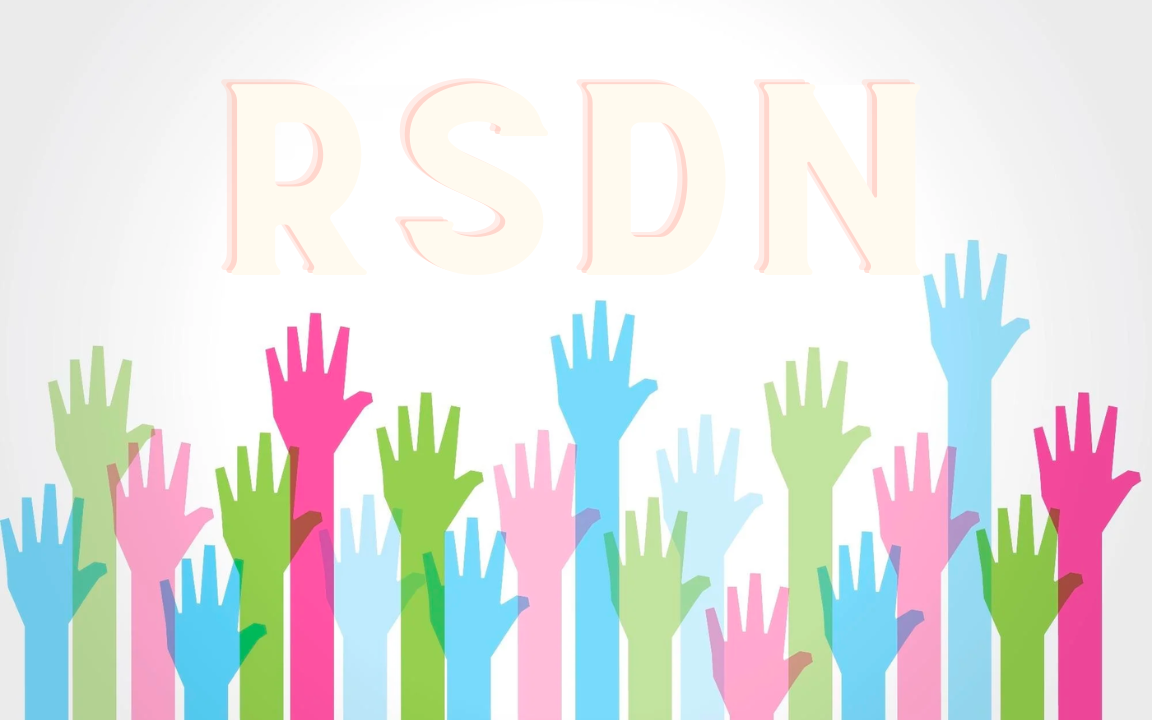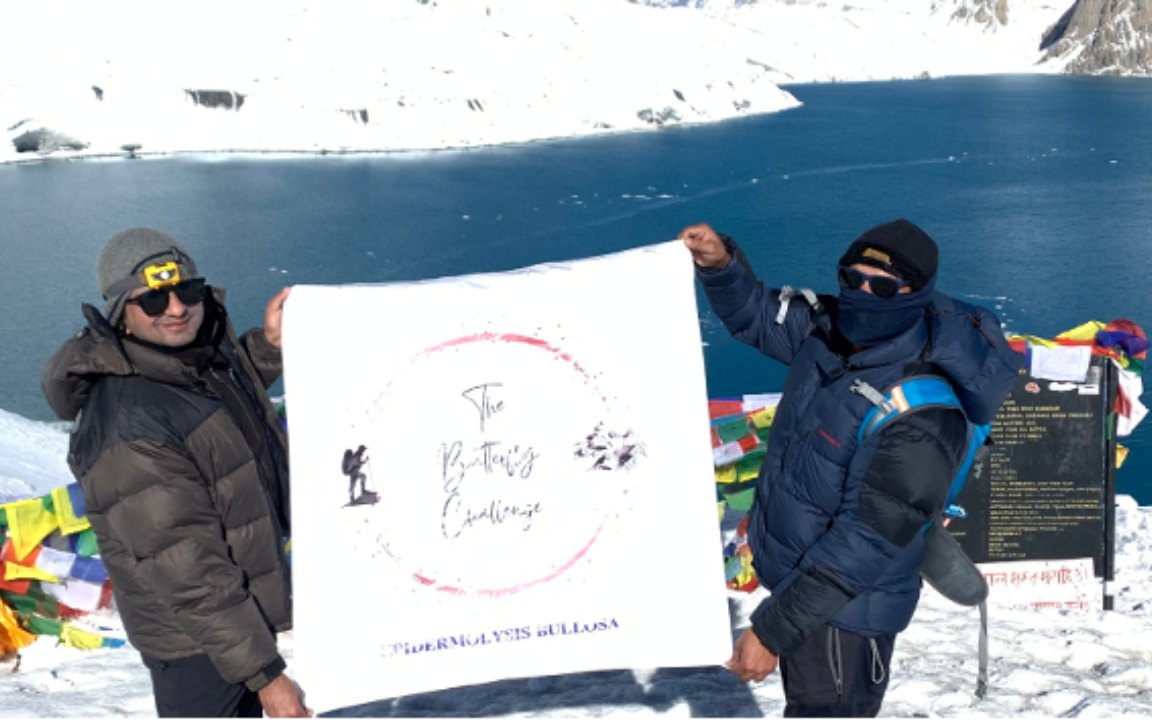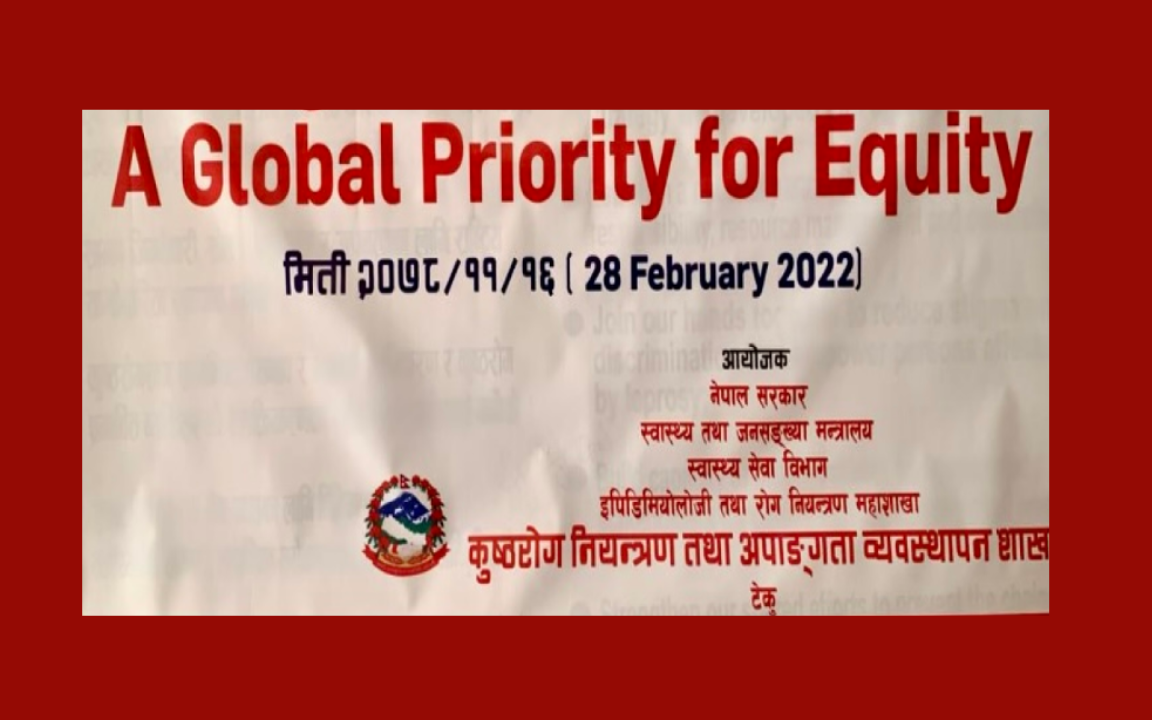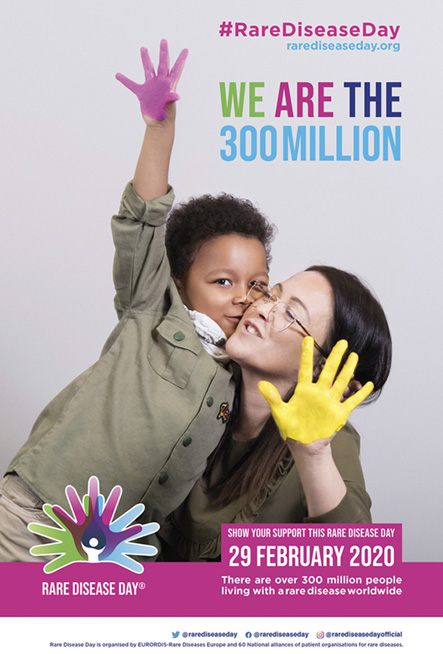Skins of Hope: Illuminating Lives, Eradicating Neglect
Rare Skin Disease Nepal (RSDN) is a pioneering non-profit organization, uniting dermatologists and rare disease advocates to provide timely diagnosis, treatment, and advocacy for Nepalese patients with rare skin diseases, while actively contributing to global research and combating neglected tropical diseases.

What is rare disease (RD)?
Rare diseases are a group of diseases or syndromes that are often chronic in nature and usually life-threatening, majority of which are genetic in nature. However, not all rare conditions are of genetic origin. Other rare diseases include rare infections (bacterial or viral), rare allergic reactions and rare cancers.
There are no geographically predisposed or endemic regions for rare diseases, hence they present in every country. There is generally a lack of awareness, expertise and research in rare diseases. It is a difficult, pricey and time-consuming task to receive a proper diagnosis to persons with rare diseases. In Nepal, it is unrecognized entity hence the delay in diagnosis is significant.
What are the problems with rare diseases?
- The impact of living with a rare disease goes beyond health. It is felt in every aspect of life, by persons living with rare disease and their families.
- Although there are no data on rare disease in Nepal, these patients experience inequities and vulnerabilities including difficult inclusion and integration in mainstream education systems, discrimination and social exclusion, and a greater risk of impoverishment.
- An increase in cost of treatment is experienced by the people and families with rare diseases. It is unusually great challenge for caregivers and Persons Living with a Rare Disease (PLWRD) to continue with regular work and care of a patient. There is a lack of public awareness means towards PLWRD, which means their challenges are often invisible and unrecognized.
- Around the world, rare disease community calls for greater recognition, inclusion and participation in society.
Problem in diagnosis of rare disease
- Delayed diagnosis, lack of diagnosis or multiple misdiagnoses are common challenges for PLWRD. These patients report a difficult diagnostic process from the symptom onset until they obtain the definitive diagnosis.
- From the time of symptom onset until a definitive diagnosis is received, the patient may visit many specialists, conduct numerous tests, may receive multiple inappropriate treatments, hospitalizations, or even performance of surgical interventions, among other problems.
- “Diagnostic odyssey” is the part of process which gives rise to increased stress, anxiety, and uncertainty about the patient’s future—something experienced by the whole family with a rare disease.




